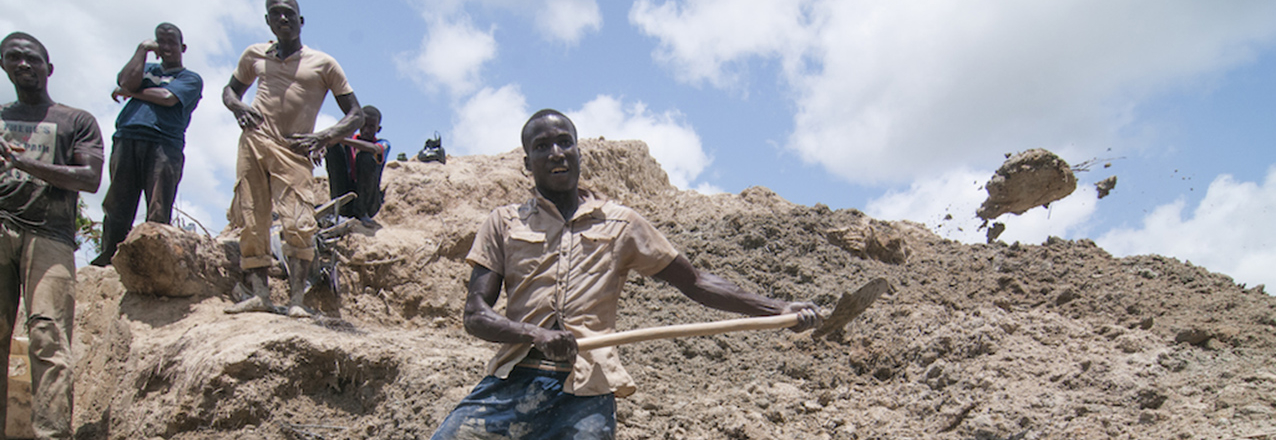Originally appeared on Medium.
April 2014.
The United Nations Security Council had just voted unanimously to lift a ban on importing rough diamonds from Côte d’Ivoire. The ban had been put in place in 2005, after the UN found that rebels were using diamonds to fund arms purchases during its civil war, which had begun in 2002.
For the first time in nearly a decade, diamond exports, which once supplied jobs for tens of thousands of workers in this West African country, once again became legal. But, after nine years out of the (legal) diamond game, Côte d’Ivoire had to completely rebuild its diamond industry.
In the intervening years before the ban was lifted, diamond buying houses had become defunct, the national mining company left the area, and legitimate financiers packed up and left. Mining had continued, but in secret: artisanal miners had dug in the night, selling at bargain basement prices to illicit buyers, who in turn smuggled the rough diamonds out of the country. Despite the ban, the UN estimates that Côte d’Ivoire extracted a minimum of 50,000 carats per year, and that the diamond industry employed at least 200,000 Ivoirians.
Now, the euphoria of lifting the ban was wearing off, and Ivoirians were grappling with the realities of how to actually re-enter the legal diamond trade.
Fast forward two and a half years, and it appears that progress has been slow, but steady. In 2015 — the year after the ban was lifted — Cote d’Ivoire legally exported 14,000 carats. This year, it has already surpassed 20,000 carats.
Read the full photo essay on Medium.


